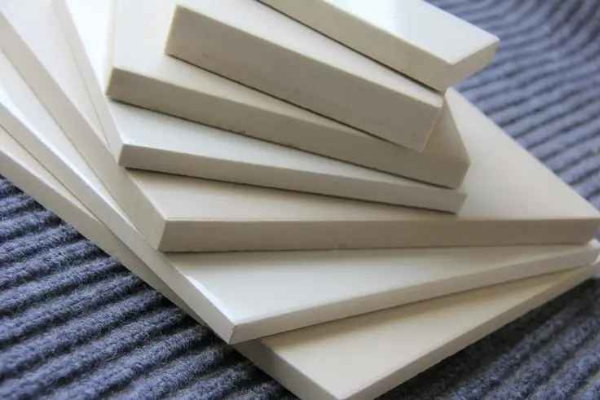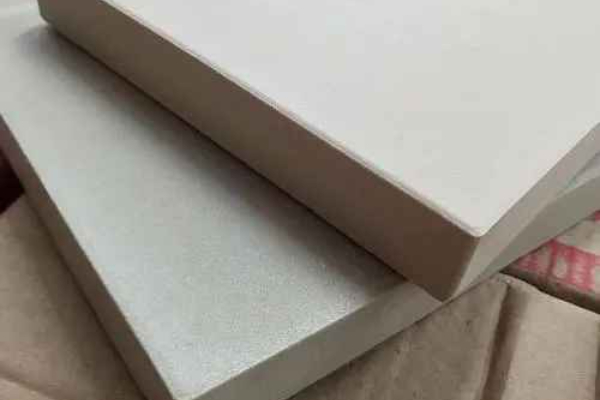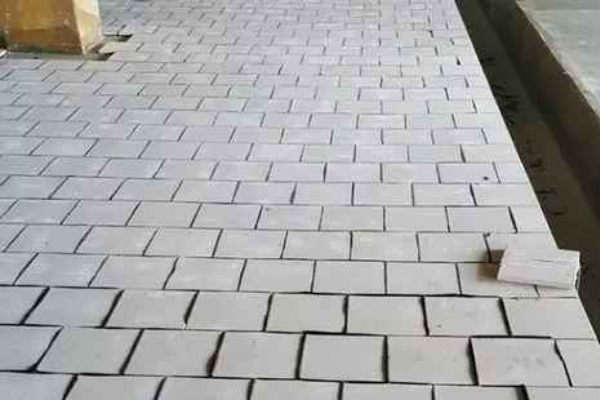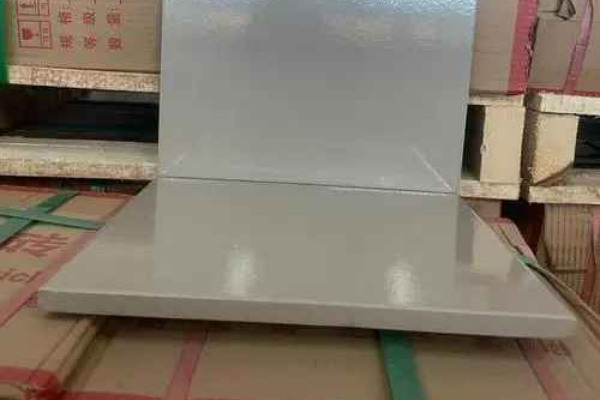Acid-resistant bricks, بلاط مقاوم للأحماض, acid-resistant boards, إلخ. are collectively called acid-resistant bricks with different names. Acid-resistant tiles are a kind of building material with excellent acid resistance. They are mainly made of quartz, feldspar, clay, and other raw materials through high-temperature oxidation and decomposition. The main component of this tile is silicon dioxide, which forms alumina under high-temperature roasting, giving the tile extremely high acid resistance. Antacid ceramic tiles have different thicknesses. How to choose the thickness when purchasing?

Application of acid-resistant ceramic tiles
This acid-resistant ceramic tile is widely used in the lining of towers, حمامات, الدبابات, and tanks in the petroleum, المواد الكيميائية, الأسمدة, الصيدلانية, brewing, dairy, صناعة الورق, صهر, الألياف الكيميائية, and electrolysis room, laboratory and power generation, gas and other industries, and can play its corrosion resistance in underground sewage channels and open ground and other workplaces.
Acid-resistant brick application case

With the development of society, people’s awareness of environmental protection has greatly increased, and they also pay great attention to the storage of some corrosive substances, such as the storage of batteries, especially used batteries. After use, they will be damaged to varying degrees and leak. The liquid is a highly corrosive medium. If it is not handled properly, the liquid will seep out directly, corroding ordinary floor tiles and then seeping into the ground. These places also need to use acid-resistant bricks correctly.
Selection of thickness of antacid ceramic tiles
The selection of acid-resistant brick thickness is a process that takes into account multiple factors, including usage scenarios, load-bearing requirements, construction difficulty, and maintenance costs. The following are some suggestions for the selection of acid-resistant tiles.

Influence of usage scenario factors
Heavy load-bearing: If the ground needs to withstand the rolling of heavy objects such as heavy equipment and forklifts, you need to choose 30mm or thicker acid-resistant bricks to ensure the load-bearing capacity and durability of the ground.
Strong acid corrosion environment: In industrial sites with strong acid corrosion, such as chemical plants, electroplating plants, إلخ., it is necessary to choose thicker acid-resistant bricks to ensure that they can withstand the impact of the strong acid environment without damage. The thickness of acid-resistant bricks in these sites is usually recommended to be 30mm or more.
General corrosive environment: In relatively weak corrosive environments, such as some light industrial plants or laboratories, acid-resistant bricks with moderate thickness, such as 20mm or 15mm, can be selected to meet basic anti-corrosion requirements.
Wall and floor: When constructing the wall, since it does not need to bear too much pressure, you can choose thinner acid-resistant bricks, such as 15mm or 20mm, to facilitate construction without affecting the appearance. For floor construction, you need to choose the appropriate thickness according to the load-bearing requirements. It is generally recommended to choose 20mm or 30mm acid-resistant bricks to ensure the stability and durability of the floor.
Impact of load-bearing requirements
Light load-bearing: If the floor needs to bear a smaller load, such as a pedestrian walkway or light equipment area, you can choose 15mm or 20mm acid-resistant bricks.
Heavy load-bearing: If the ground needs to withstand the rolling of heavy objects such as heavy equipment and forklifts, you need to choose 30mm or thicker acid-resistant bricks to ensure the load-bearing capacity and durability of the ground.
Consider construction difficulty and maintenance cost

Construction difficulty: Thicker acid-resistant bricks may require more labor and time during construction, so it is necessary to select the appropriate thickness according to the actual construction conditions. في نفس الوقت, thicker acid-resistant bricks may also increase the difficulty of construction when cutting and laying.
Maintenance cost: Although thicker acid-resistant bricks have better durability and load-bearing capacity, they may also require higher costs when maintained and replaced. Therefore, when choosing the thickness of acid-resistant bricks, it is necessary to comprehensively consider maintenance costs and long-term benefits.
 مجموعة رونغ شنغ
مجموعة رونغ شنغ

وي شات
مسح رمز الاستجابة السريعة باستخدام wechat